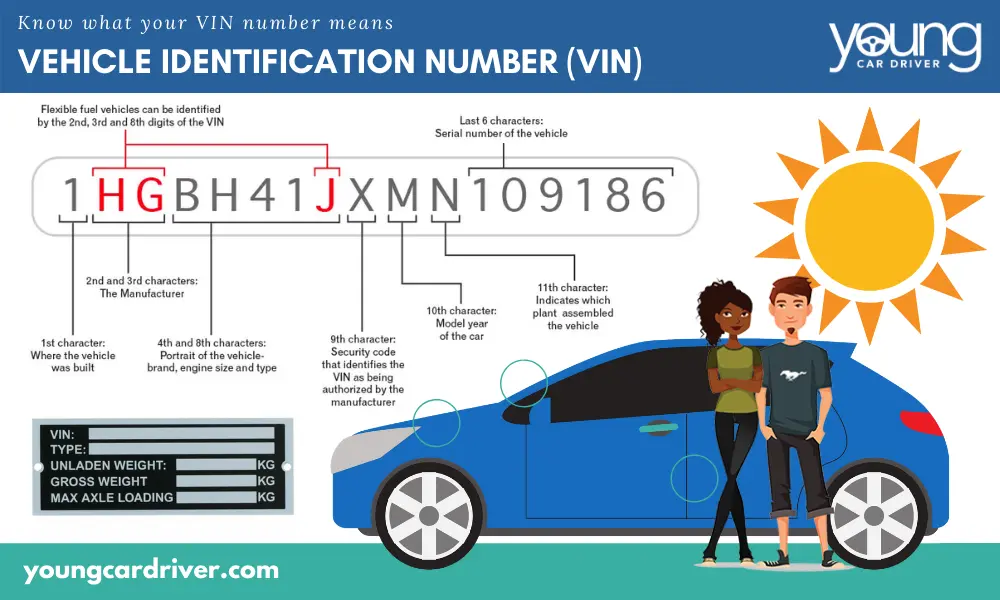Vehicle identification number (VIN)
A VIN check
What is a VIN check
If you’ve briefly watched CSI or any crime show, you’ll be aware of how powerful DNA is. It seems like a magic code to catch bad guys.
Just like humans, cars also have a kind of DNA code known as a cars VIN number – it’s vehicle identification number.
You must make sure that the VIN is legit, as an incorrect VIN number can be a sign of a potentially stolen car or a vehicle that’s been in a serious accident.
Here’s all you need to know!
What is a VIN number?
Every single car made receives a unique VIN number (Vehicle Identification Number). It’s the car’s identity code, sometimes known as the chassis check number.
A VIN contains 17 characters (digits and capital letters). The VIN number acts as the car’s fingerprint.
The DVLA VIN check is free and shows the car’s features and specifications and the country of the manufacturer for the vehicle. For instance. Cars built in the UK contain SA-SM in the VIN.
Where to find the VIN number!
Your car’s VIN number is on V5C logbook.
Here is where to check the VIN on your vehicle:
- Door frame/door post of the drivers front door.
- Dash near the windscreen.
- Engine (machined pad on the front of the engine).
- Left-hand inner wheel arch.
- Steering wheel/steering column.
- Radiator support bracket.
How do I do a VIN check when buying a car?
When you buy a car, a VIN check is one of the things that you must do to ensure you’re not buying a stolen car.
You must make sure that VIN located on the vehicle matches the VIN number on the V5C. If not, you’re not buying what you think you are!
If something doesn’t look right with the cars VIN, cancel your transaction and do not buy the car! It’s probably stolen or has a shady past.
What else should I check?
In terms of other documents to check, make sure that you check out the cars V5C logbook and MOT certificates!
For a full run-down on how to buy a used car, check out our checklist when buying a used car.

